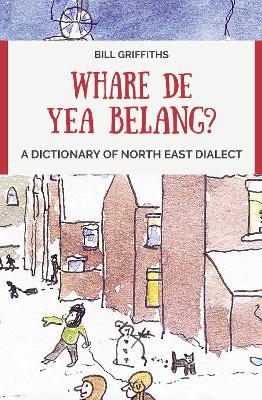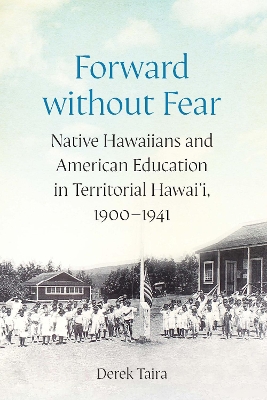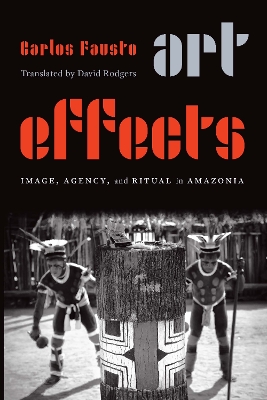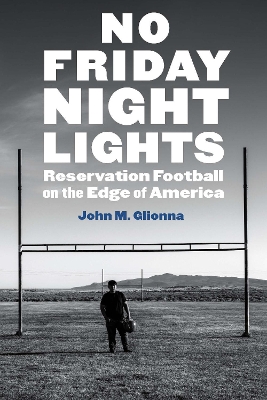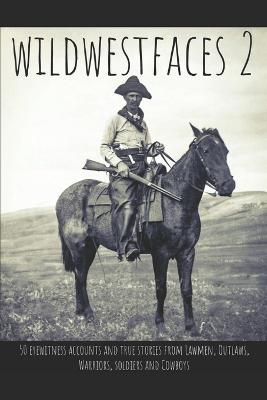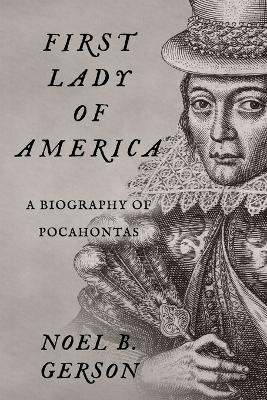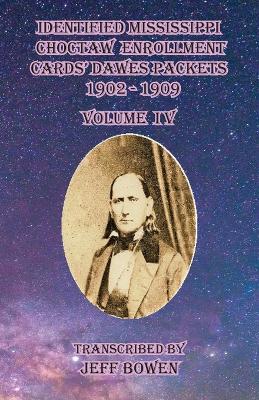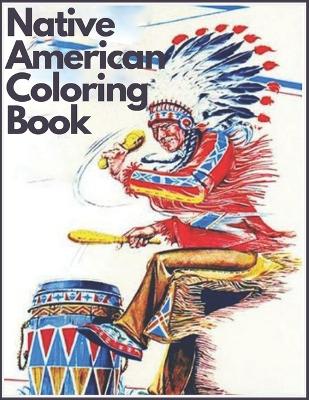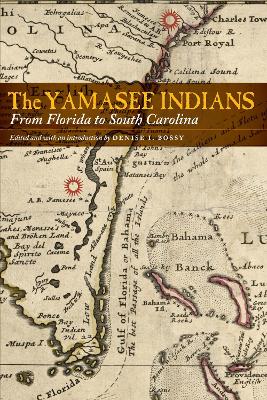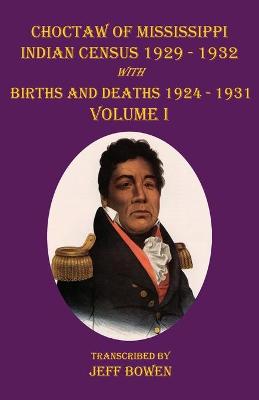Relativization in Ojibwe
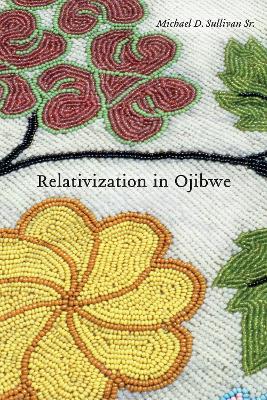 portes grátis
portes grátis
Relativization in Ojibwe
Sullivan, Michael D., Sr.
University of Nebraska Press
01/2020
392
Dura
Inglês
9781496214799
15 a 20 dias
Acknowledgments
List of Abbreviations
1. A Basic Introduction to the Study
1.1. Purpose and Goals
1.2. Ojibwe Relative Clauses
1.2.1. What Is a Relative Clause?
1.2.2. Linguistic Preliminaries
1.2.3. Ojibwe RCs
1.2.3.1. Core versus Relative Root Arguments
1.2.4. Variation in SW Ojibwe
1.3. Algonquian Dialectology
1.3.1. Ojibwe Dialects
1.3.2. Implications of Classifications
1.3.3. Southwestern Ojibwe
1.3.4. Literature Review: Dialect Studies
1.3.4.1. Rhodes and Todd (1981)
1.3.4.2. Valentine (1994)
1.3.4.3. Nichols (2011, 2012)
1.4. Literature Review: Algonquian RCs
1.4.1. Rhodes (1996)
1.4.2. Johns (1982)
1.4.3. Johansson (2011)
1.4.4. Johansson (2013)
1.4.5. Lochbihler and Mathieu (2013)
1.5. Theoretical Preliminaries
1.5.1. Nonconfigurationality
1.5.1.1. The Pronominal Argument Hypothesis (PAH)
1.5.2. The Mirror Principle and the Minimalist Program
1.5.2.1. Feature Checking
1.5.2.2. Independent versus Conjunct
1.5.3. Split-CP Hypothesis (Rizzi 1997)
1.6. Conclusion
1.6.1. Concluding Remarks
2. Ojibwe Morphosyntax
2.1. Typological Preliminaries
2.2. The Sound System
2.2.1. The Vowels
2.2.2. Consonant Inventory
2.3. Morphology
2.3.1. Nouns
2.3.2. Pronouns
2.3.3. Verbal Morphology
2.3.3.1. Palatalization
2.3.3.2. Nominalization
2.3.4. Preverbs
2.4. Inflectional Subsystems
2.4.1. Modes
2.5. Topicality Hierarchy
2.5.1. Obviation
2.6. Initial Change
2.6.1. Wh-questions
2.6.2. Participles
2.6.3. Past/Completive
2.7. Word Order and Clause Structure
2.7.1. The Noun Phrase
2.7.2. Basic Constituency Order
2.7.3. The Left Periphery
2.7.3.1. Focus
2.7.3.2. Topic
3. Methodology
3.1. Survey Apparatus
3.2. Archival Data
3.3. Findings
3.3.1. ji-/da- Complementizer, jibwaa/dabwaa
3.3.2. Preterit Peripheral Suffixes
3.3.3. Neutralization of Inanimate Plural in Conjunct
3.3.4. Number under Obviation
3.3.5. Restructuring of Dependent Stems
3.3.6. Core Demonstratives
3.3.7. Phonological Variation
3.3.7.1. Nasal Behavior
3.3.7.1.1. Initial /n/
3.3.7.1.2. Final Nasal in Negation Suffix -sii(n)
3.3.7.1.3. Final Nasal /n/ Behavior
3.3.7.1.4. Nasal Spreading
3.3.7.2. Initial /g/
3.3.7.3. Vowel and Glide Quality
3.3.7.3.1. Labialization and Rounding
3.3.7.3.2. Vowel Height /i/ versus /a/
3.3.7.3.3. Articulation of Glides /y/ and /w/
3.3.7.4. Other Points of Variation
3.3.7.4.1. Women's Names -k(we)
3.3.7.4.2. /t/ Epenthesis
3.3.7.4.3. Syncope
3.3.8. Lexical Variation
3.3.8.1. Body-Part-Incorporating Suffix -e
3.3.8.2. -ngwaam(i) Verbs
3.3.8.3. -aadage/-aadagaa Verbs
3.3.9. Animacy Status
3.3.10. TA -aw Stem Contraction
3.3.11. Initial Vowel Change
3.3.12. Iterative Suffix
3.3.13. Participles
3.3.13.1. Southern Strategies
3.3.13.2. Innovations
3.3.13.3. gaa- Participles
3.4. Discussion
3.4.1. Geographic Variation
3.4.1.1. Leech Lake as a Transitional Area
3.4.1.2. Intelligibility
3.4.2. Age-Graded Variation
3.4.3. Free Variation
4. Relativization in Ojibwe
4.1. Ojibwe Relative Clauses
4.1.1. Findings: Core Argument versus Relative Root Arguments
4.1.2. Variation in Relativization Strategies
4.2. Theoretical Framework
4.2.1. Plain Conjunct Morphosyntax
4.2.1.1. Brittain (2001)
4.2.2. Split-CP Hypothesis (Rizzi 1997)
4.2.2.1. FinP as Host to Conjunct
4.2.2.2. FocP Host to IC
4.2.2.3. ForceP and RCs
4.2.3. Cyclicity and Phases (Bruening 2001)
4.3. Refining the Analysis
4.3.1. Feature Bundles
4.3.2. The Structure of the Ojibwe CP
4.3.3. Internally versus Externally Headed RCs
4.3.4. Concluding Remarks
5. Conclusions
5.1. Review
5.1.1. Implications of the Findings
5.2. Limitations
5.2.1. Obsolescence
5.2.2. Access
5.2.3. L2 Interference
5.3. Comparisons within the Algonquian Family
5.3.1. IC
5.3.2. Algonquian Participles
5.3.2.1. PA Participles
5.4. Directions for Future Research
Appendix: VTA Paradigms
Notes
References
Index
Acknowledgments
List of Abbreviations
1. A Basic Introduction to the Study
1.1. Purpose and Goals
1.2. Ojibwe Relative Clauses
1.2.1. What Is a Relative Clause?
1.2.2. Linguistic Preliminaries
1.2.3. Ojibwe RCs
1.2.3.1. Core versus Relative Root Arguments
1.2.4. Variation in SW Ojibwe
1.3. Algonquian Dialectology
1.3.1. Ojibwe Dialects
1.3.2. Implications of Classifications
1.3.3. Southwestern Ojibwe
1.3.4. Literature Review: Dialect Studies
1.3.4.1. Rhodes and Todd (1981)
1.3.4.2. Valentine (1994)
1.3.4.3. Nichols (2011, 2012)
1.4. Literature Review: Algonquian RCs
1.4.1. Rhodes (1996)
1.4.2. Johns (1982)
1.4.3. Johansson (2011)
1.4.4. Johansson (2013)
1.4.5. Lochbihler and Mathieu (2013)
1.5. Theoretical Preliminaries
1.5.1. Nonconfigurationality
1.5.1.1. The Pronominal Argument Hypothesis (PAH)
1.5.2. The Mirror Principle and the Minimalist Program
1.5.2.1. Feature Checking
1.5.2.2. Independent versus Conjunct
1.5.3. Split-CP Hypothesis (Rizzi 1997)
1.6. Conclusion
1.6.1. Concluding Remarks
2. Ojibwe Morphosyntax
2.1. Typological Preliminaries
2.2. The Sound System
2.2.1. The Vowels
2.2.2. Consonant Inventory
2.3. Morphology
2.3.1. Nouns
2.3.2. Pronouns
2.3.3. Verbal Morphology
2.3.3.1. Palatalization
2.3.3.2. Nominalization
2.3.4. Preverbs
2.4. Inflectional Subsystems
2.4.1. Modes
2.5. Topicality Hierarchy
2.5.1. Obviation
2.6. Initial Change
2.6.1. Wh-questions
2.6.2. Participles
2.6.3. Past/Completive
2.7. Word Order and Clause Structure
2.7.1. The Noun Phrase
2.7.2. Basic Constituency Order
2.7.3. The Left Periphery
2.7.3.1. Focus
2.7.3.2. Topic
3. Methodology
3.1. Survey Apparatus
3.2. Archival Data
3.3. Findings
3.3.1. ji-/da- Complementizer, jibwaa/dabwaa
3.3.2. Preterit Peripheral Suffixes
3.3.3. Neutralization of Inanimate Plural in Conjunct
3.3.4. Number under Obviation
3.3.5. Restructuring of Dependent Stems
3.3.6. Core Demonstratives
3.3.7. Phonological Variation
3.3.7.1. Nasal Behavior
3.3.7.1.1. Initial /n/
3.3.7.1.2. Final Nasal in Negation Suffix -sii(n)
3.3.7.1.3. Final Nasal /n/ Behavior
3.3.7.1.4. Nasal Spreading
3.3.7.2. Initial /g/
3.3.7.3. Vowel and Glide Quality
3.3.7.3.1. Labialization and Rounding
3.3.7.3.2. Vowel Height /i/ versus /a/
3.3.7.3.3. Articulation of Glides /y/ and /w/
3.3.7.4. Other Points of Variation
3.3.7.4.1. Women's Names -k(we)
3.3.7.4.2. /t/ Epenthesis
3.3.7.4.3. Syncope
3.3.8. Lexical Variation
3.3.8.1. Body-Part-Incorporating Suffix -e
3.3.8.2. -ngwaam(i) Verbs
3.3.8.3. -aadage/-aadagaa Verbs
3.3.9. Animacy Status
3.3.10. TA -aw Stem Contraction
3.3.11. Initial Vowel Change
3.3.12. Iterative Suffix
3.3.13. Participles
3.3.13.1. Southern Strategies
3.3.13.2. Innovations
3.3.13.3. gaa- Participles
3.4. Discussion
3.4.1. Geographic Variation
3.4.1.1. Leech Lake as a Transitional Area
3.4.1.2. Intelligibility
3.4.2. Age-Graded Variation
3.4.3. Free Variation
4. Relativization in Ojibwe
4.1. Ojibwe Relative Clauses
4.1.1. Findings: Core Argument versus Relative Root Arguments
4.1.2. Variation in Relativization Strategies
4.2. Theoretical Framework
4.2.1. Plain Conjunct Morphosyntax
4.2.1.1. Brittain (2001)
4.2.2. Split-CP Hypothesis (Rizzi 1997)
4.2.2.1. FinP as Host to Conjunct
4.2.2.2. FocP Host to IC
4.2.2.3. ForceP and RCs
4.2.3. Cyclicity and Phases (Bruening 2001)
4.3. Refining the Analysis
4.3.1. Feature Bundles
4.3.2. The Structure of the Ojibwe CP
4.3.3. Internally versus Externally Headed RCs
4.3.4. Concluding Remarks
5. Conclusions
5.1. Review
5.1.1. Implications of the Findings
5.2. Limitations
5.2.1. Obsolescence
5.2.2. Access
5.2.3. L2 Interference
5.3. Comparisons within the Algonquian Family
5.3.1. IC
5.3.2. Algonquian Participles
5.3.2.1. PA Participles
5.4. Directions for Future Research
Appendix: VTA Paradigms
Notes
References
Index

